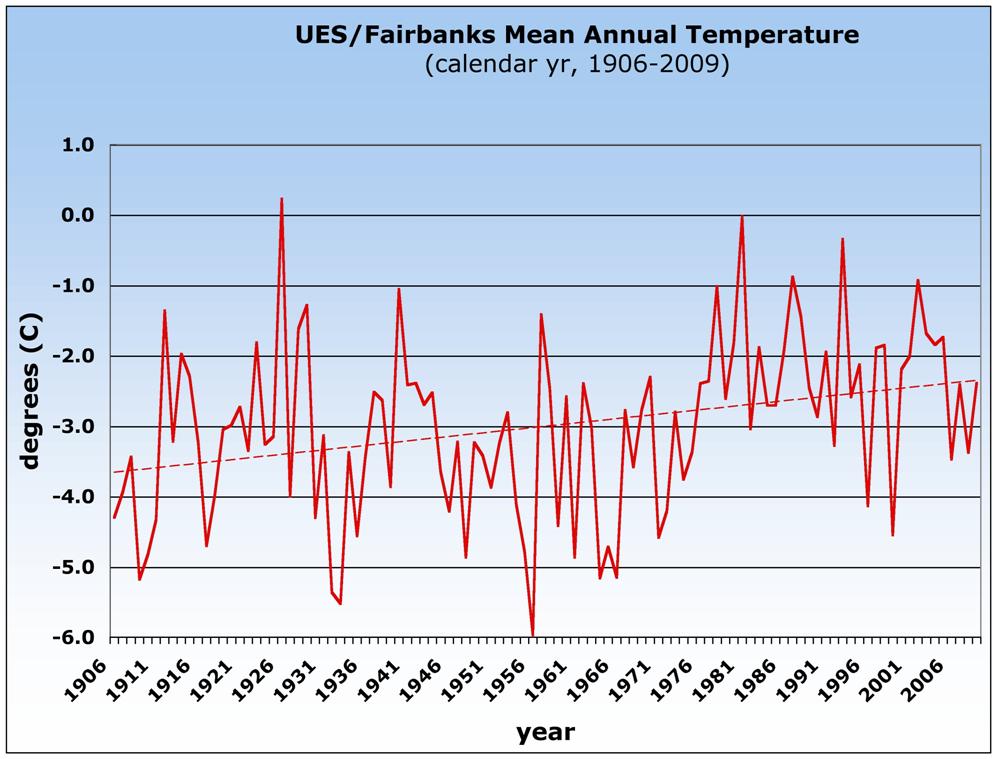A Critical Component of the Alaskan Water Cycle and Climate Change
| Background |
Although NASA recognizes and clearly outlines the question “How is climate variability impacting the evaporative component of the global water cycle over natural and managed landscapes?”, we are far from adequately answering this compelling science question and demonstrating how ET and its relationship to land use and land cover can facilitate agricultural and water resource management.
Though deriving reliable ET estimates can be challenging anywhere on the globe, the challenge is far greater in interior Alaska.
| Why Study ET in Interior Alaska? |
Interior Alaska, a largely boreal forest dominated region that is underlain by relatively warm(0-2° C) discontinuous or sporadic permafrost is witnessing unprecedented changes in response to climate warming. Recent studies have found that permafrost degradation in the discontinuous zone is causing large shifts in ecosystems. Increasing occurrences of wildfires, decreased thickness and duration of winter snow cover, changes in the hydrologic regime, and dynamics of vegetation cover changes, all demonstrate the impact of climate warming on interior Alaskan ecosystems.
The magnitude and rapidity of these changes (the effects of changes can be witnessed in a single lifetime!), makes the need for research in interior Alaska even more compelling.
 |
| Temperature records from the Fairbanks International Airport record (mid 1948 to present) and the UAF Experiment Station (1904 to mid 1948). Credits: Glenn Juday; Source: BNZ-LTER
|
